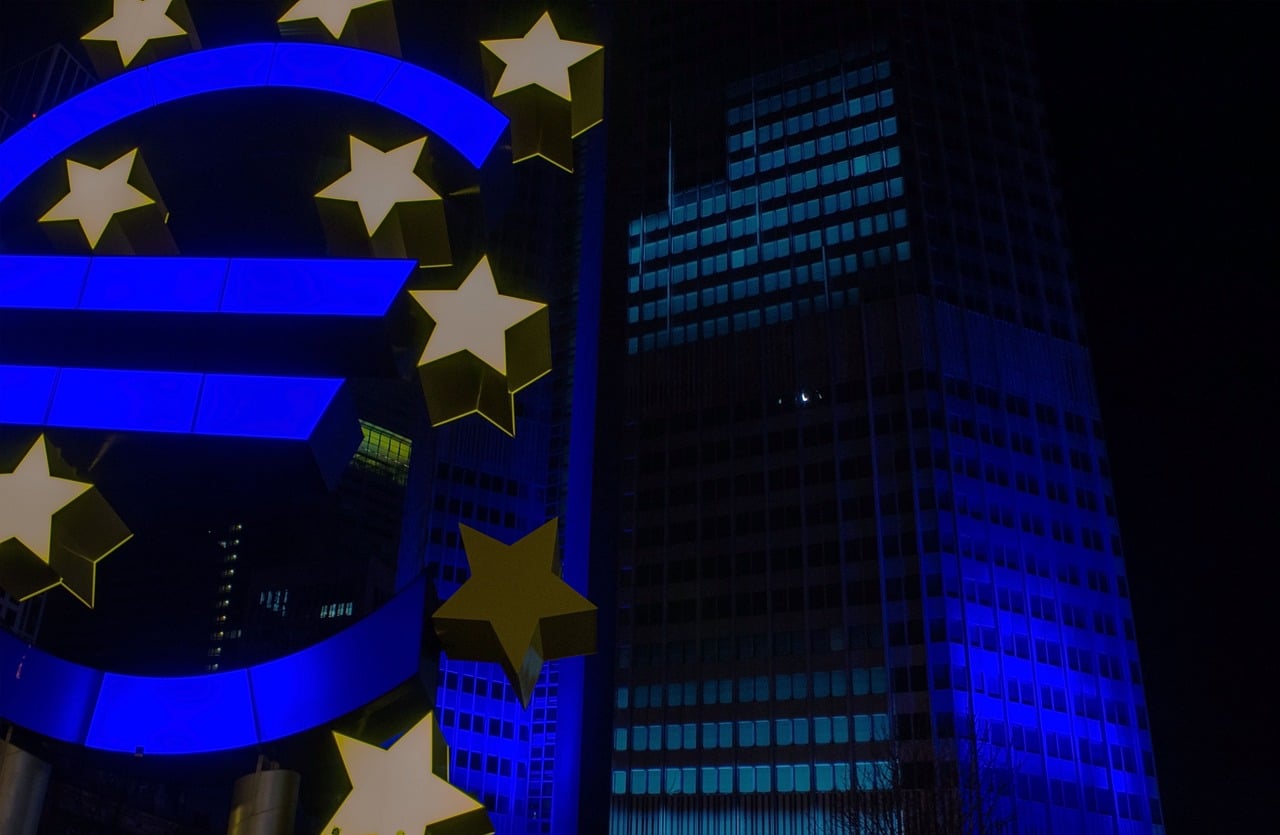This week, Poland’s interest rates will be decided by the Monetary Policy Council (RPP). However, our focus is on the upcoming meeting of the European Central Bank (ECB) – an ECB rate cut is almost certain. The market is now anticipating statements regarding the bank’s future moves, which will be crucial for the euro. Last week, despite an upward inflation surprise in the eurozone, the common currency failed to strengthen.
The past week was very calm for G10 currencies. Significant data releases from our perspective were few, and G10 currencies moved within narrow ranges in which they have recently been trading.
We expect this and the following week to be the opposite of the last two. The month will begin with the ECB meeting on Thursday (06.06), followed by the release of the non-farm payrolls (NFP) report from the US labor market on Friday (07.06), and an inflation report early next week. Additionally, markets will contend with the aftermath of elections in South Africa, Mexico, and India. In Poland, we are awaiting the outcome of the Monetary Policy Council meeting on Wednesday (05.06).
Of course, key factors remain the inflation readings from the US and the eurozone and the central bankers’ reactions to them. The continued postponement of market expectations for significant rate cuts in 2024 is not favorable for high-risk currencies, particularly emerging market currencies.
PLN
The EUR/PLN exchange rate fell below 4.25 last week. After reaching its best position in over four years, the currency gave back some gains. Last week’s attention was focused on price dynamics. May’s CPI inflation was quite surprising – it only slightly increased, significantly below expectations, and settled in the middle of the NBP’s target range (2.5% ± 1 pp). The data also imply a further decline in the core measure.
The report is a pleasant surprise, but we do not believe it will significantly impact the RPP’s rhetoric, which will make a decision on interest rates this Wednesday. No changes in the cost of money are expected – neither at this meeting nor in the near future. We assume that during his press conference on Thursday (06.06), NBP President Adam Glapiński will largely repeat previously communicated messages, noting that despite the positive inflation surprise, it should continue to rise and risks are still present.
EUR
This Thursday (06.06), the ECB is almost certain to cut interest rates by 25 basis points. There is almost complete agreement on this in the markets – the immediate cut is nearly fully priced in by swap contracts. The key factors remain the schedule and scale of any further cuts – expectations for both have been significantly postponed in recent weeks.
Last week’s May price dynamics reading was higher than expected, suggesting that the disinflationary trend has at least paused. Particularly concerning is the rebound in price pressure in the service sector, driven by rising labor costs and consumer demand. It is unclear what ECB officials will decide in response to these trends, so Thursday’s post-meeting press conference could be the most important event for currency markets this week.
USD
April’s PCE inflation, the measure preferred by the Federal Reserve, turned out exactly as expected last week and was slightly lower than the previously published CPI report. This was enough to offset the weekly rise in US Treasury yields, bringing them back to the levels at the beginning of the week, which also contributed to a mild downward movement in the dollar. It ended May with a decline against most major currencies (except the Japanese yen) as generally stronger economic data from around the world, particularly from Europe and China, improved risk sentiment, to the detriment of safe havens.
This week should be much more interesting. The standout in the calendar is Friday’s NFP report. Besides the net number of new jobs, markets will focus on the monthly wage growth to see if persistent inflation in services translates into higher wage expectations for workers.
GBP
Despite the announcement of the parliamentary election date, uncertain signs of cooling in the service sector (worse-than-expected PMI data), and weakness in consumer spending evident in the latest retail sales report, the pound is doing surprisingly well. The British currency has been strengthening against the euro in recent months, with markets viewing a Labour Party majority as likely the most favorable option for the market in the upcoming elections – reflecting both the ongoing issues caused by Liz Truss’s poor mini-budget and the shift towards the political center under Keir Starmer’s leadership.
This week, there will be few readings, mostly survey data rather than hard data. In light of the 04.07 elections, the Bank of England’s Monetary Policy Committee is withholding any communications (except for the June meeting). This means that few domestic factors will be able to influence the pound, so its trade will mostly depend on global events.
Authors: Enrique Díaz-Alvarez, Matthew Ryan, Roman Ziruk, Itsaso Apezteguia, Michał Jóźwiak – analysts at Ebury
